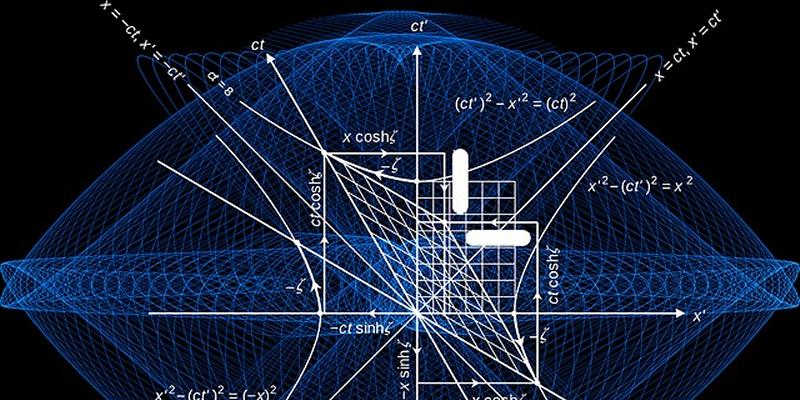
Mathematical Programming for Data Mining
We are interested in data mining problems tackled from a mixed-integer (nonlinear) programming perspective. We mainly focus on three problems: hyperplane clustering, Euclidean norm classification, and piecewise affine regression. In the hyperplane clustering problem, we look for a collection of hyperplanes which best fit, in terms of Euclidean point-to-hyperplane distance, a given a set of points. The problem has applications to feature selection, image processing, and decision support in medical prognosis. We also tackle classification problems involving Euclidean point-to-hyperplane distances with spatial branch-and-bound techniques, also investigating approximation algorithms obtained by the adoption of different norms. Another relevant problem is that of fitting a piecewise affine function to data points subject to pairwise linear separability constraints, which we tackle via mixed-integer programing techniques, also involving symmetry breaking techniques.





